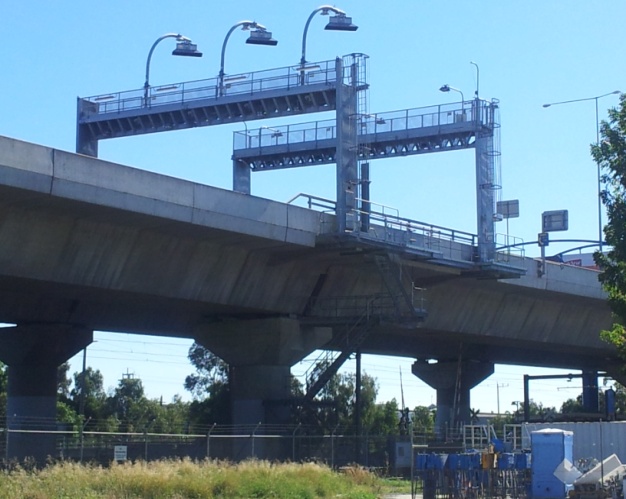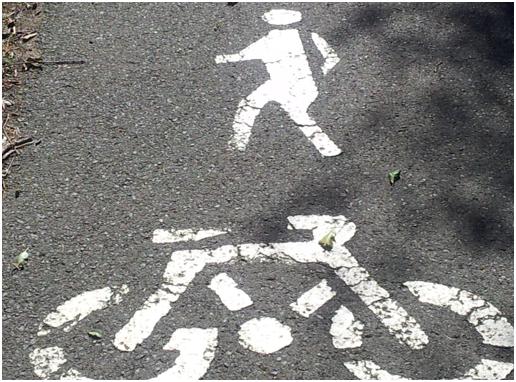4. Types of transport infrastructure investment
Differentiating transport initiatives according to their impacts on household and business location decisions - and therefore on the pattern, structure and density of urban development - underpins the improved approach to planning. These Guidelines adopt the following typology of infrastructure initiatives or assets to achieve this differentiation:
- Strategic (or city shaping) infrastructure
- Structural (or district) infrastructure
- Local (or follower) infrastructure.
4.1 Strategic infrastructure
Strategic or city shaping infrastructure is almost exclusively in the transport domain and has the power to alter relative accessibility across the metropolis. Examples of such infrastructure include the Sydney Harbour Bridge, the Melbourne Underground Rail Loop or the Sydney M7 Motorway. These investments drive where people choose to live and where businesses decide to locate. They create new agglomeration economies, boosting productivity and taxation revenues.
Only a relatively small number of initiatives can be classed as strategic infrastructure, as few have the capacity to significantly shift transport movements across a metropolitan area. Generally, the smaller the city, the more likely a greater range of transport initiatives are considered strategic infrastructure, because existing accessibility contours will be more subject to change (Spiller et al. 2012).
4.2 Structural infrastructure
Structural or district infrastructure represents higher-order or trunk facilities and networks and nodes (excluding strategic infrastructure) that form a region’s urban framework. It includes arterial roads and district public transport connections. These items are distinguished by their district level service catchments and their cost.
4.3 Local infrastructure
Local or follower infrastructure includes services and facilities with localised service catchments. While vital to community wellbeing and business efficiency, and for place making, local infrastructure neither shapes development patterns nor provides an overarching structure for settlement and industry development. It provides services into a suburb or neighbourhood once the area has been enabled by investment in higher order infrastructure initiatives.
Neither structural nor local infrastructure has a sufficiently significant impact on relative accessibility to influence the shape of the city.
These three infrastructure categories are summarised in Table 1.
|
Strategic or city shaping infrastructure Shifts relative accessibility across a city area, influencing location decisions of households and businesses and shaping settlement patterns. Examples: Sydney Harbour Bridge, Melbourne Underground Rail Loop and the Sydney M7 Motorway. |
|
|
Structural or district infrastructure The high level network elements and nodes that form the structure of a subregion or district. Examples: Sydney CBD and South East light rail and Gold Coast light rail. |
|
|
Local or follower infrastructure The local services that flesh out a city’s urban structure. Examples: suburban and neighbourhood bus routes and cycling infrastructure. |
Source: SGS Economics and Planning Pty Ltd



